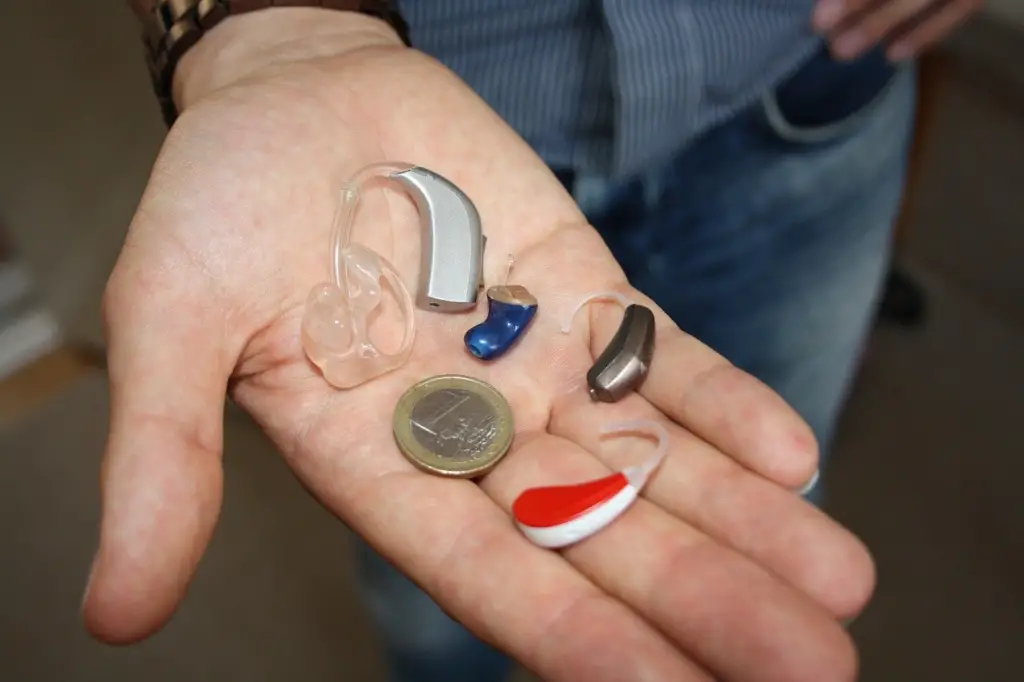
Hearing aid providers serve as a bridge between hearing aid manufacturers and users with hearing problems. They have the role of airing a user’s opinions to the manufacturer and providing the client with a hearing aid that suits their demands and preferences. Consequently, when you become a hearing aid provider, you are at the forefront of mitigating the detrimental effects of hearing loss and putting a smile back on the faces of persons with hearing loss.
The growing problem in hearing loss
Hearing loss can be caused by prolonged exposure to loud noise, hereditary, advancement in age, diseases, and use of ototoxic medications such as aminoglycosides and high dose salicylates. Hearing loss has mainly been observed in senior citizens being the third most prevalent condition behind cardiovascular disease and arthritis.
On the other hand, pediatrics experience the worst effects of hearing loss which may significantly experience how they interact with their peers. Consequently, hearing aids geared to offer pediatric solutions need to be:
- Resistance to dust.
- Resistance to water and sweat.
- Offered in a wide variety of colors.
A lasting solution to hearing loss
The degree of hearing loss in a patient is measured by the loudness you hear, with the units used being decibels. Hearing loss may progress differently in the patients, so an individualized patient-centered approach needs to be used.
Hearing loss treatment options include:
- Use of hearing aids. They magnify the sounds so that they can be perceived by the ear’s hair cell and guide them into the ear canal.
- Cochlear implants directly stimulate the cochlear nerve.
- Removal of the wax blocking the ear canal in the case of reversible hearing loss.
- Surgical procedures. These are employed in the treatment of persistent fluid due to repeated infections.
Hearing aids are the most widespread solution.
What role does a hearing aid provider play?
When you become a hearing aid provider, you are ideally suited to recommending the ideal patient’s perfect hearing aid. Subsequently, your roles in overcoming hearing loss include:
1. Access to research information
As a hearing aid provider, access to thorough and detailed research is of paramount importance. This gives you a way forward on how best to meet your patients’ hearing needs. Additionally, the research needs to entail the current set of hearing aids available, not to mention their rationale of use.
For instance, scientists are currently looking at the role of the tectorial membrane and its mutations which can lead to more practical models than the now available models in the market. This information is a gamechanger in hearing aids that can selectively distinguish between human sound and other noises in the vicinity and amplify the human sound. Therefore, it would lead to improved quality of life and interactions of people with hearing loss.
2. A key player in ongoing product development
Given that a hearing aid provider is a technical expert who links the patient and hearing aid manufacturers, you are best suited to providing information that governs hearing aid production. The hearing aid needs to amplify the sound signals leading to clearer hearing for the patient.
Also, the hearing aid’s aesthetic aspects, such as patient comfort and preference, need to be taken into account to promote better patient compliance. The size, patient perception, and even preferred range of colors are critical in product development. Who else is a perfect fit to inform the manufacturer of this other than the hearing aid provider?
3. Training on effective use of hearing aids
The hearing aid provider is indispensable in educating the patient on facets that improve his quality of life, such as:
- how to correctly put on your hearing aid
- how to connect the hearing aid with accessories such as television, mobile phones, radios, alarms, and typewriters.
- how to charge your hearing aid to avoid the battery running low when you need it most.
- how to determine that a hearing aid is working well
- how to determine when a hearing needs repair or replacement and where to get the repairs done.
Additionally, as a health care provider, you need to get evidence-based audiology data that you can provide your patients and share with other hearing aid providers, which provides a better prognosis.
4. Selling and growing your hearing aid brand.
As a hearing aid provider, you will need to sell the most sought-after hearing aids that will improve your patients’ hearing. Better outcomes for your patients imply that your patients are happy and will offer referrals to members of their circles who have hearing problems. This will further strengthen your brand.
To reach the high feats, you need to:
- Enhance your connection with other hearing aid providers
- Deepen your understanding of the hearing aid marketplace. That is, what are the patients’ concerns and what they want.
- Enhance your skills of sales and communication with the patients to understand them better.
Partnership with a hearing aid manufacturer
The cherry on top of the icing for a hearing aid provider is a long-lasting partnership with a trusted hearing aid manufacturer. A renowned brand confers the benefits of a tried and tested solution and is popular among patients. Additionally, as a hearing aid provider who wants to make a difference, you must keep yourself acquainted with all information regarding hearing aids.










